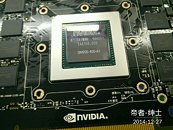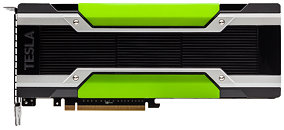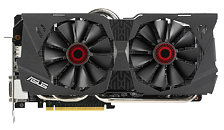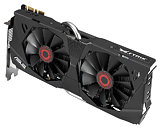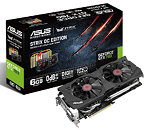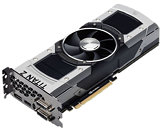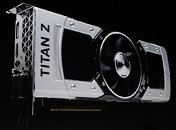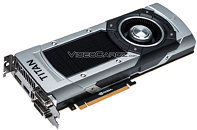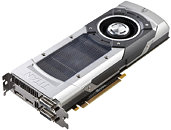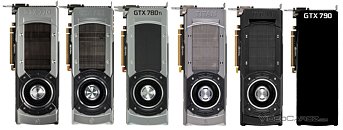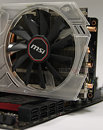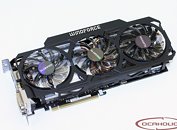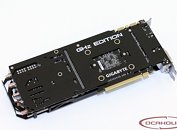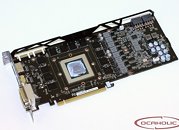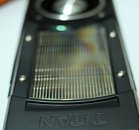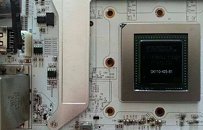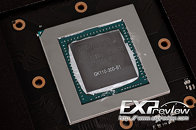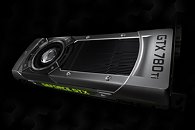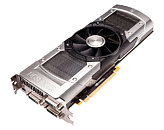
NVIDIA GP100 Silicon to Feature 4 TFLOPs DPFP Performance
NVIDIA's upcoming flagship GPU based on its next-generation "Pascal" architecture, codenamed GP100, is shaping up to be a number-crunching monster. According to a leaked slide by an NVIDIA research fellow, the company is designing the chip to serve up double-precision floating-point (DPFP) performance as high as 4 TFLOP/s, a 3-fold increase from the 1.31 TFLOP/s offered by the Tesla K20, based on the "Kepler" GK110 silicon.
The same slide also reveals single-precision floating-point (SPFP) performance to be as high as 12 TFLOP/s, four times that of the GK110, and nearly double that of the GM200. The slide also appears to settle the speculation on whether GP100 will use stacked HBM2 memory, or GDDR5X. Given the 1 TB/s memory bandwidth mentioned on the slide, we're inclined to hand it to stacked HBM2.
The same slide also reveals single-precision floating-point (SPFP) performance to be as high as 12 TFLOP/s, four times that of the GK110, and nearly double that of the GM200. The slide also appears to settle the speculation on whether GP100 will use stacked HBM2 memory, or GDDR5X. Given the 1 TB/s memory bandwidth mentioned on the slide, we're inclined to hand it to stacked HBM2.



